
For pCm companies wishing to enter the Singapore market, a clear and rigorous regulatory pathway is the cornerstone of success. The Health Sciences Authority of Singapore (HSA) has a clear and increasingly stringent regulatory regime for pCms.
Any business must follow a systematic compliance process if it is to have a smooth entry and long term operation. This article will give you a complete roadmap of practices from start to finish.

I. Definition and classification:
Singapore Standards from “Herbs” to “Pharmaceuticals”
In Singapore, all products involving medicinal plants or the concept of traditional Chinese medicine (TCM) must comply withthe regulatory requirements of theHealth Sciences Authority(HSA).
However, before officially registering or importing a product, there is one key concept that companies need to clear up:whether the product you are holding isa “pure Chinese medicine“ora “proprietary Chinese medicine“.
1. Pure Traditional Chinese Medicine (Chinese Herbal Materials)
“Pure Chinese medicine“refers tosingle natural herbs that have not been formulated or processed, and can be of plant, animal or mineral origin. Examples include Angelica sinensis, wolfberry, Rhizoma Ligusticum Chuanxiong, Ganoderma lucidum and antler velvet.
These herbs may bepresentinsliced, powdered or dried form, but no unnatural ingredients may be added.
HSArequires that such herbs must come fromsafe sourcesand meetstandards for heavy metals, pesticide residues, and microbial limits.
If the herbs are imported in bulk or as raw materials, they are generallyexempted from registration under theChinese Proprietary Medicines raw materials category, but the importer is required tofile, test, and keep records of the inspections.
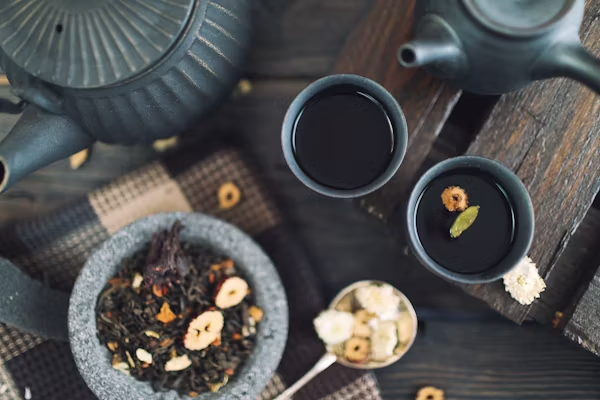
Image source:unsplash.com, schematic diagram
2. Chinese Proprietary Medicines(CPM)
Proprietary Chinese medicines (pCms) aremanufactured productsprepared by traditional prescriptions or Chinese medicine theoriesthat can be taken orally, externally or by fumigation.
Common forms includetablets, capsules, creams, dispersions, liquid preparations, pills, and so on.
Examples include: Cold and Fever Granules, Liu Wei Di Huang Wan, and Golden Throat Throat Tablets.
As long as the product containsa mixture of two or more herbs extracted, orprepared and packagedthrougha process, it no longer falls under the category of pure Chinese medicine and entersthe CPMregulatory frameworkof theHSA.
Tip:
In Singapore,“natural“does not mean“unregulated“.
Even traditional remedies or imported proprietary Chinese medicines that are sold, advertised or consumed by the public are subject toHSAsafety standards and labeling requirements.
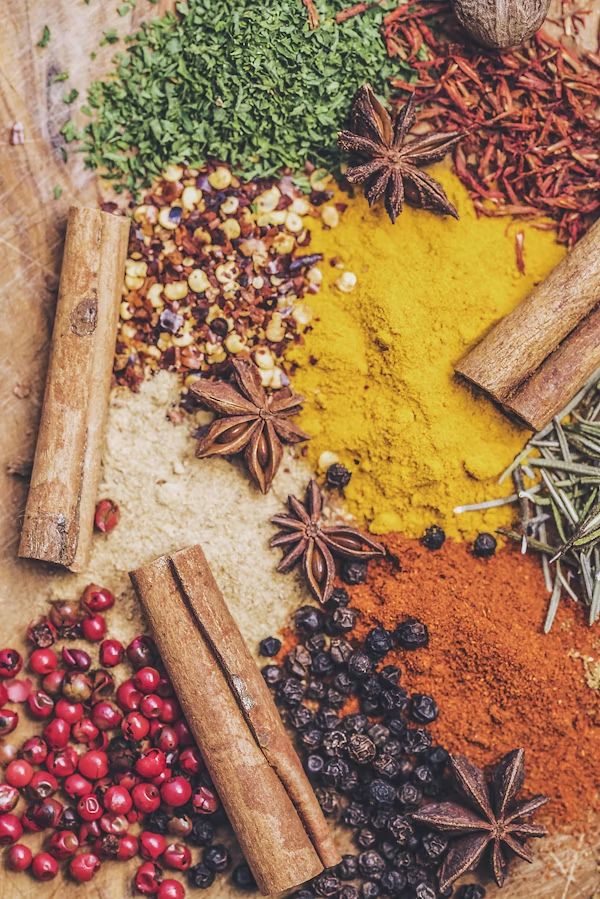
Image source:unsplash.com, schematic diagram

II. Legal regulatory system:
CPMframework and control requirements for Chinese herbal medicines
The regulation of traditional medicines in Singapore consists of theHealth Products (Traditional Medicines, Homeopathic Medicines and Medicated Oils) Regulationsand the associatedHSAguidelines.
The core regulatory pathways are divided into two:
Pure Chinese Medicine (Herbal Material Track);
Proprietary Chinese Medicine (CPM Registration Track).
1. Regulatory basis for pure Chinese medicines
Pure herbal medicines are generally consideredlow-risk traditional medicinesbut are still subject tomonitoring under thePoisons Act, theSale of Drugs Actandthe HSA.
Importers need to:
①Declare the source and quantity of importstoHSA;
②Submit test reports (heavy metals, pesticide residues, total bacterial count, etc.);
(iii) Ensure that packaging and labeling do not carrytherapeutic or efficacy claims.
If herbs are tested forexcessive heavy metals (e.g., lead, mercury, arsenic, cadmium) or contain illegal drug ingredients(e.g., Western drug ingredients),HSAcan simply ban the sale and pursue liability.
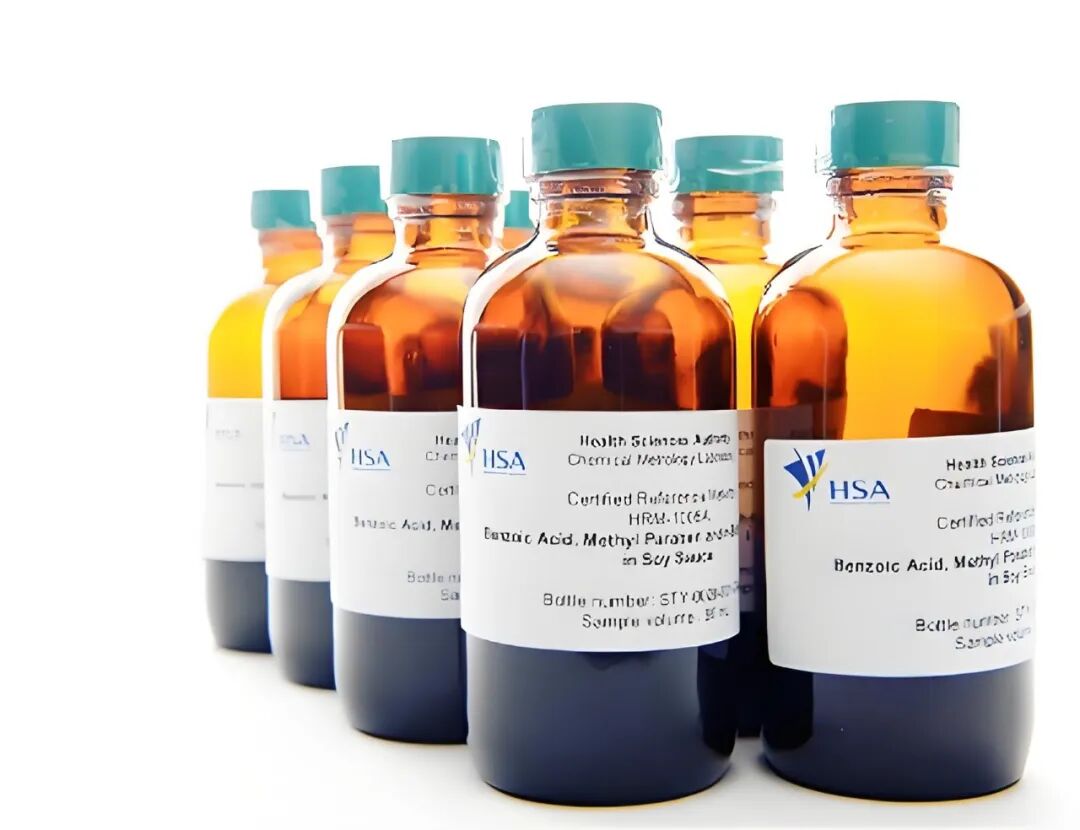
Source: HSA, schematic
2. Regulatory system for proprietary Chinese medicines (CPM)
HSAwill fully strengthen the registration and marketing control of pCmsfrom 2019 onwards, which willbe realizedmainly through thetwo-tier system ofCPM Notification SchemeandManufacturing Standards Framework:
CPM Notification Scheme:Each product is required to be electronically notified, providing information such as formula, proportion of ingredients, place of production, quality testing and product labeling.
GMPRequirements:Manufacturers must comply withHSA-recognizedGoodManufacturing Practice(GMP), whether they are Chinese manufacturing plants or local Singapore packers.
In addition,HSAconducts regular sample tests on commercially available proprietary Chinese medicines andimposes severe penaltiesonproductsadulterated with Western medicine ingredients or falsely labeled.
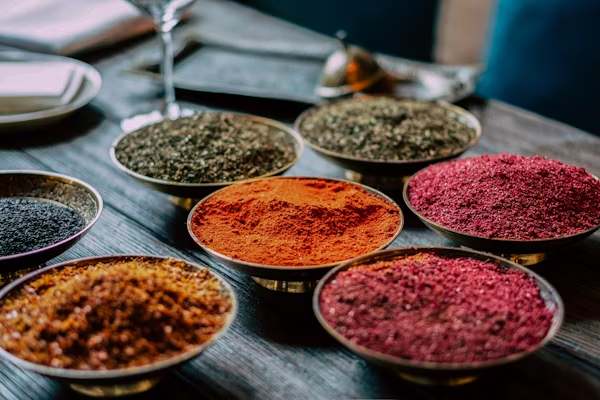
Image source:unsplash.com, schematic diagram

III. Registration process and documentation requirements:
From declaration to approval
Understanding the registration process is the first step towards compliance for companies that want to sell in Singapore.
Below are thekey differences and points to note in the registration process for bothpure Chinese medicinesandproprietary Chinese medicines (CPM):
1. Declared pathways for pure Chinese medicines
Pure Traditional Chinese Medicine (Herbal Material)does not need to be registered on a case-by-case basis, but the importer or distributor must:
Submit an applicationthrough theTradeNetsystemprior to importation;
Attacha test report(heavy metals, microbial, pesticide residues)from an HSA-accredited laboratory;
Ensure that only the name of the herb, place of origin and net weight are labeled on the package, and that nodescription of“therapeutic efficacy“is included;
Keep records of all batch testing for a minimum of2years.
If the herbs are used for reprocessing, formulation production or resale into proprietary Chinese medicines, they need to enter theCPMchannel for re-declaration.

Source: HSA, schematic
2. Registration process forproprietary Chinese medicines (CPM)
According tothe HSA‘s officialCPM Product Listing Guidance, all proprietary Chinese medicines are required to complete the following five steps:
Step 1: Classification Confirmation
Confirm that the product meetsthe definition of“Chinese Proprietary Medicine”:
Contains two or more herbal ingredients;
Prepared according to traditional Chinese medicine theory;
No western drugs, poisons or controlled substance ingredients.
Step 2: Safety and Quality Testing
Submita test report from an HSA-accredited lab that covers:
Heavy metals and arsenic content;
Microbial limits;
Pesticide residues;
Content analysis (if necessary).
Step 3: Electronic Filing and Document Upload
UploadthroughHSA’s PRISMsystem:
Ingredient list and dosage;
Manufacturing plant information (withGMPcertification documents);
Sample labels (Chinese and English);
Product photos with packaging information.
Step 4:HSAReview and Sampling
The HSAwill conduct a compliance check and sample for testing or request additional information if necessary.
Typical review time is4-8weeks.
Step 5: Approval and Filing Number Issuance
After passing the review, the product will be issuedanHSAfiling number (CPMxxxx) before it can be legally imported and sold.
Tip:
If a product containshigh-risk ingredients such asAristolochic Acid(Aristolochic Acid) andAconitine,the HSAwill simply refuse to register it.

Source: HSA, schematic

IV. Safety testing and labeling specifications:
HSA‘s most stringent standards
Singapore’s drug safety standards are among the strictest in Asia.
Both imported bulk herbs and manufactured proprietary Chinese medicine products are required to betested by HSA-accredited laboratories.
1. Detection standards
HSArequires that pCms and TCMs meet the following limits:
Lead≤ 10 ppm;
Arsenic≤ 5 ppm;
Mercury≤ 0.5 ppm;
Cadmium≤ 0.3 ppm;
Pesticide residue (single) ≤ 0.1 mg/kg;
Total number of bacteria ≤10⁵ CFU/g;
If the test fails, it will be directly returned or destroyed.

Source: HSA, schematic
2. Labeling and packaging norms
Labeling isone of the main focuses ofHSAregulation.
Companies need to ensure that all packaging and advertising materialsdo not imply the treatment of diseaseand contain the following items:
Product name (in English and Chinese);
List of ingredients;
Directions and Dosage;
Name and address of manufacturer and importer;
Lot number with production date and expiration date;
“This is a traditional medicine, consult your doctor or pharmacist for advice“prompts.
HSAconducts regular spot checks on marketed products, and if labels are found to exaggerate efficacy or to be misleading, they are ordered off the shelves in minor cases, or their registration is revoked and fines are imposed in serious cases.

V. Market circulation and compliance responsibilities:
Who is responsible for what?
Completion of product registration is just the beginning;HSA‘sPost-MarketSurveillance(PMS)is just as stringent.
1. Responsibilities of importers and licensees
According toHSAregulations:
The importeris responsible for ensuring product lot testing, storage conditions and transportation safety;
Thelicensee (Product Owner) is responsible for monitoring the product’s continued compliance with the standard and for proactively reporting adverse events as they are discovered (Adverse Event Reporting);
If a product is found to contain illegal western drugs or undeclared ingredients,HSAreserves the right to suspend its marketing license and conduct a criminal investigation.
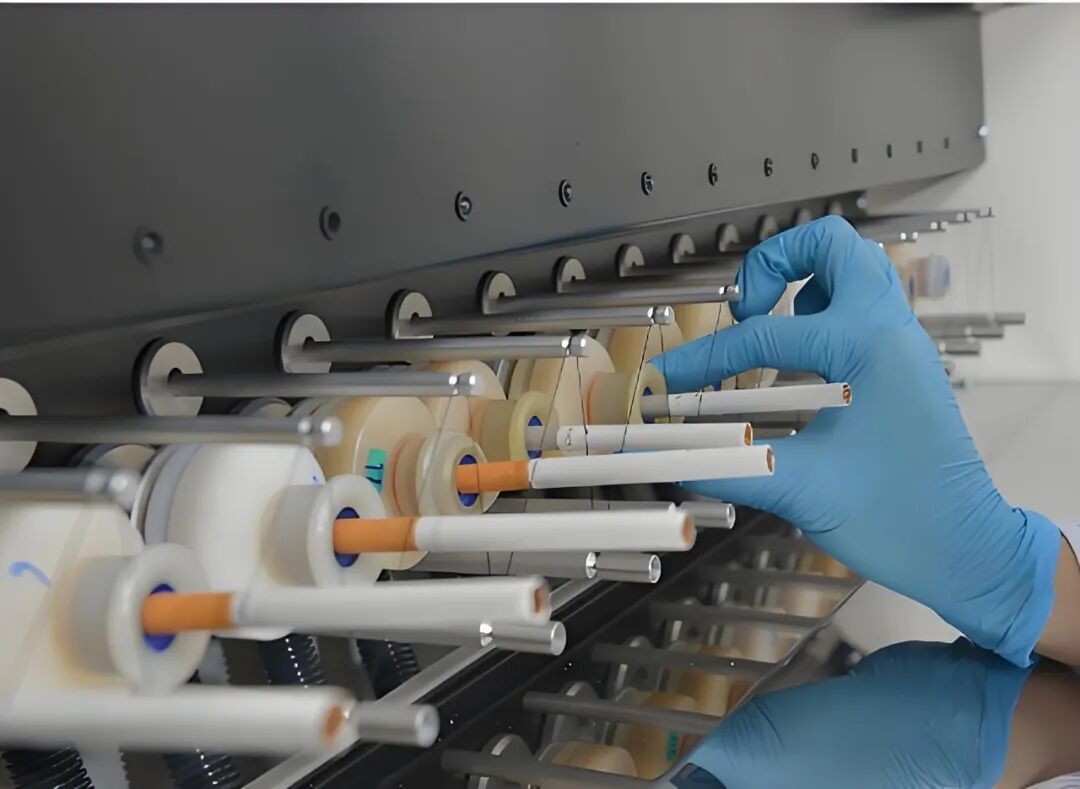
Source: HSA, schematic
2. Adverse events and recall mechanisms
If a consumer has a serious adverse reaction after taking it, the company mustreport ittothe HSAwithin15days.
The HSAwill be issued based on the risk level:
Level 1Recall: Immediate removal from shelves and announcement;
Level 2Recall: notify distributors & healthcare providers;
Level 3Recall: Requires only the discontinuation of sales of the lot.
3. Restrictions on imports and advertising
HSAstrictly prohibits unauthorized drug advertising.
Any advertisement involving words such as disease treatment, cure rate, efficacy, etc. must be approved in advance.
For example,words such as“sugar-lowering miracle drug” and “3-day effect“are considered illegal publicity.
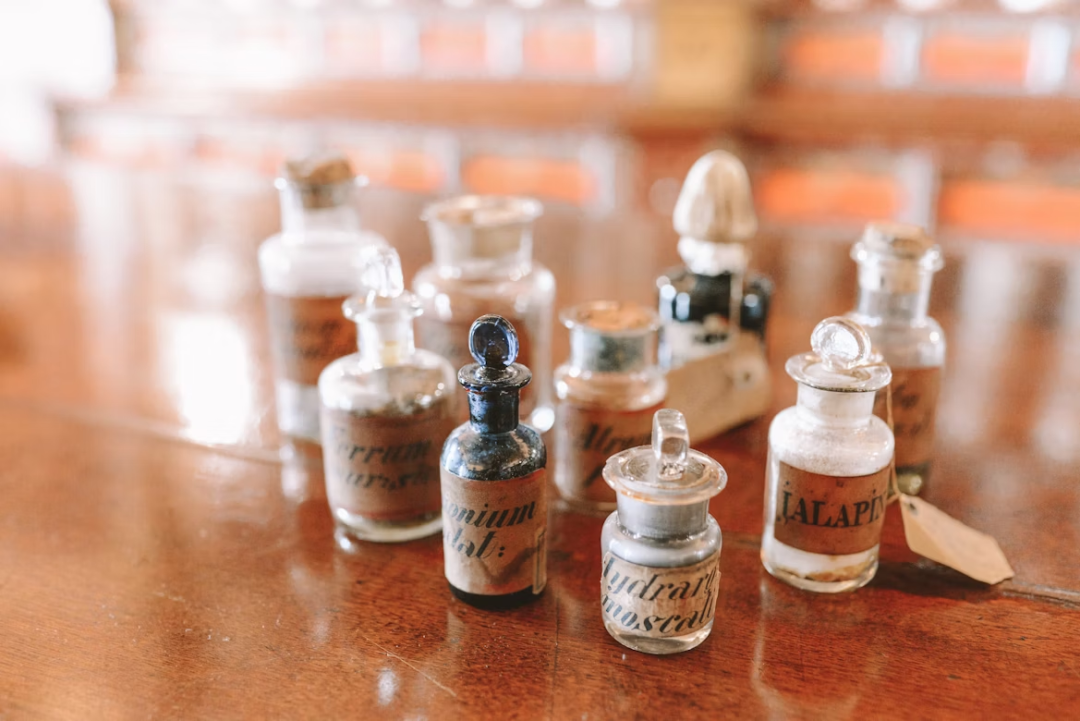
Image source: unsplash.com, schematic diagram
Conclusion:
In Singapore, Chinese medicine has not been excluded, but hasbeen incorporated into the regulatory systemin ascientific, standardized and transparentmanner.
Pure Chinese medicines and proprietary Chinese medicineshave inherited traditional pharmacology under theHSAsystem, but must also follow the safety logic of modern medicines.
For businesses,understanding the compliance system is the first ticket to market.
For consumers, this rigorous system is the cornerstone of protecting health and trust.
In short,want to sell Chinese medicine products in Singapore? First distinguish between“pure Chinese medicine“and“proprietary Chinese medicine“, and then follow theHSAroadmap to enter the market safely, transparently and legally.
Note:References from SingaporeTCMPB ,ACRA,HAS,URA,HDB,SCDF,GoBusiness, United Morning Post, comprehensive news reports collated, reproduced with attribution, infringement and deletion contact.
…
👇 Add WeChat enters Singapore’s largest outbound community 👇
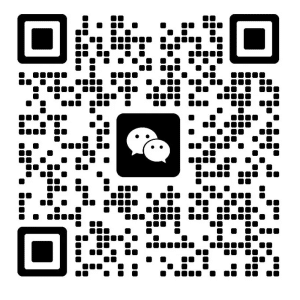
Past Recommendations

